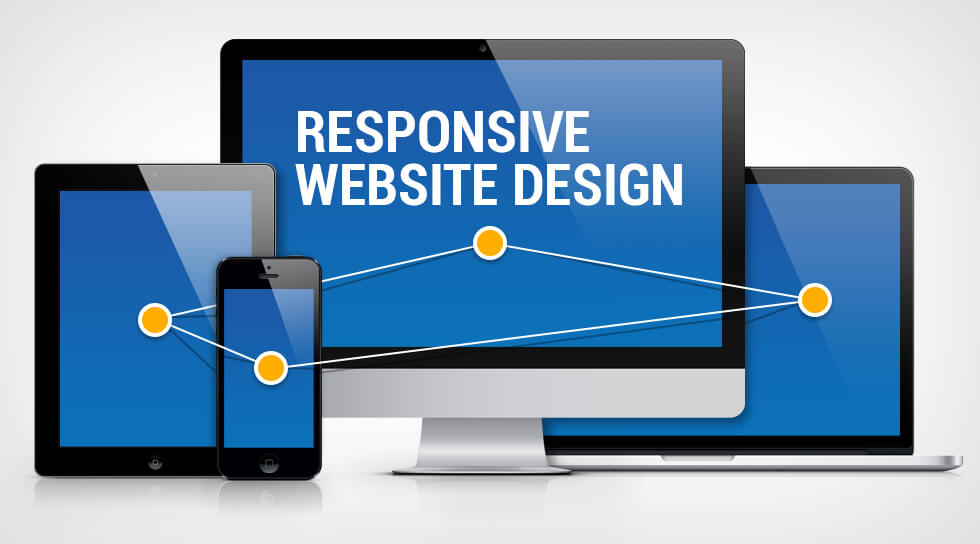The goal of responsive web design is to provide a seamless experience for users across devices. This ensures that your website will not just be seen as clunky or outdated on mobile but also can take advantage of the customizability and functionality possibilities with small-screen touch interactions.
In the past, web design was a static affair. Designers would create a website layout that looked great on their desktops but failed to work well on mobile devices. This is no longer an issue with responsive web design.
This blog post will explore a few steps for creating a responsive web design and how it will benefit your business!
Let’s start:
-Invest in a good designer
-Take your time to find the right web host and theme for you
-Use Google Analytics or other site analytics software (such as Crazy Egg) so that you can better understand how visitors are interacting with your website. For example, you should see what site areas they’re looking at, where they drop off when reading blog posts, etc.
-Include social media icons on each page/post so that viewers can share them if they like them! This will help increase traffic to your site. These buttons take up very little space but provide a valuable service for readers who want their friends and followers to know about what’s going on with your business
-In the design process, designers should consider the user experience. Ensure that any action a visitor might take on your site is as easy as possible for them to accomplish with just one click or tap. With the help of a website design and maintenance agency, you can establish yourself as an expert in your field with your optimized website.
-Designers should also make it easy for visitors to find what they’re looking for by using clear language and lots of white space
-When designing, consider accessibility at all times
-Don’t forget about SEO! You must optimize your website so that search engines can crawl through it easily and rank it well when someone searches related terms
-Keep analytics handy during the website development phase. You need data from real users who are interacting with your site to know how people will use certain functions and navigate throughout the pages once completed
-Use CSS media queries to apply different CSS styles based on the device being used (desktop, laptop, tablet, smartphone)
-Use a content management system to update your website easily and add new posts without
needing any programming knowledge. WordPress is one of the most popular CMSs available
-Test everything! You need to test both design and functionality before launching to make sure you’re not going live with something broken or ugly
A Note About Testing Everything: Designers must test both design and function BEFORE they launch their product for it to go as smoothly as possible.
The first time someone sees a site, there should be no question about why they are looking at anything specific because it should be immediately clear. If someone is clicking around or trying to figure things out, there’s a problem with the design!
With all these tips, do not forget about marketing website designers! It is also very important for your business.




